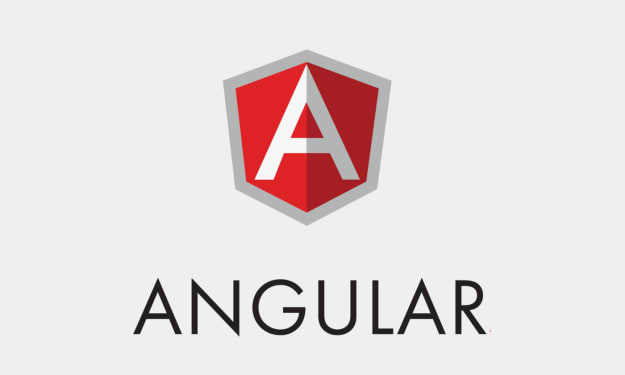Microservice Training – Enhancing Your Skills
Microservices Architecture is one of the methods to implement a service-oriented architecture.

This training helps you gain experience in developing a solution based on a microservices architecture. Apply Microservices principles to specific business requirements to create a scalable and high-performance solution.
About this training in Microservice
The microservices are the next big factor in designing scalable and easy-to-maintain applications. This not only facilitates application development but also gives you greater flexibility and optimal use of a variety of resources. This course is the first step in creating an enterprise-ready implementation of a microservices architecture. This microservices architecture training begins with a deep understanding of the basic concepts and principles of microservices and how microservices have evolved. We will guide you through the entire life cycle from design to development and testing. Includes cross-layer concepts such as how to protect microservices.
What is the purpose of training in Microservice architecture?
After completing microservices training, you will be able to: Understand and distinguish between different architectural styles of microservices.
Apply principles of microservices architecture Know how to make the right microservices architecture decision Develop and test a microservices Know what technologies to use to enable microservices with example
Advantage
Outstanding advantages of courses!
LIVE INSTRUCTORS
Instructor-led sessions will address all your concerns in real-time.
LIFETIME ACCESS
Unlimited access to the course's online learning repository.
REAL CASES
Develop a project with live accompaniment, based on any of the cases seen
CHORES
In each class, you will have practical assignments to help you apply the concepts taught.
This course is designed to provide participants with a solid foundation in the creation of application architectures based on microservices in Java using Spring Boot. The training also helps you in preparing the microservices training,
During the course, a project will be addressed as an example in which the main practices related to architectures based on microservices, such as Domain Driven Design or Test Driven Development, will be applied.
Attendees will learn to use the popular Spring Boot framework to implement and connect each of the microservices, as well as to implement the main patterns associated with said architecture.
PUE has designed this course to meet the demand for specific training in microservices in Java that many companies and professionals have transferred to us. It is not, therefore, an official Oracle University course.
Who is it for?
This course is aimed at people with Java programming knowledge interested in adding the necessary knowledge to face projects based on microservices with guarantees of success.
It is advisable to have previous programming knowledge in Java SE and Java EE for correct use of this training. Although it is not an essential requirement to take the course, it will be advisable for the student to make an effort to obtain these notions to be able to follow the rhythm of the course with guarantees.
COURSE OBJECTIVES
Upon completion of the course, the student will have acquired the knowledge and skills to:






Comments
There are no comments for this story
Be the first to respond and start the conversation.